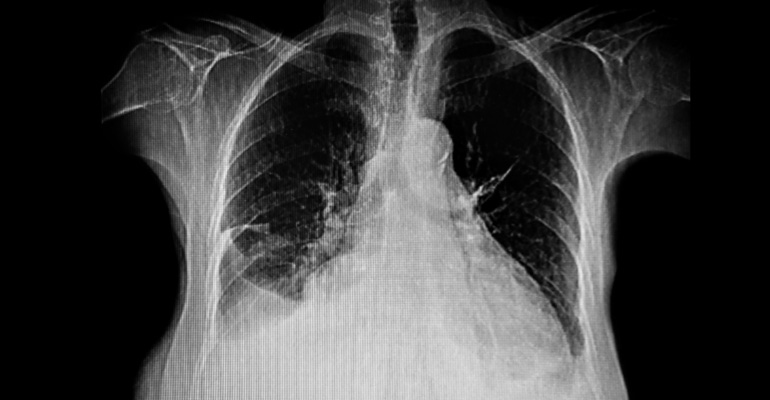Pleural Dynamics Nabs FDA Clearance for ACES System
The device, according to the company, addresses the shortcomings of both pleurodesis and indwelling pleural catheters when treating pleural effusion and ascites.

Pleural Dynamics, an early-stage medical device startup developing solutions for the management of chronic, recurrent effusions and refractory ascites, has received FDA 510(k) clearance for its Automatic Continuous Effusion Shunt System (ACES).
Pleural effusion is a build-up of excess fluid between the lungs and chest wall that compresses the lung and weighs on the diaphragm. Typically the result of metastatic cancer and severe heart failure, pleural effusion often causes debilitating shortness of breath, cough, and is associated with shortened life expectancy. Recurrent pleural effusion is also common and can reaccumulate after drainage.
Ascites is a build-up of excess fluid in the abdomen that produces massive abdominal swelling, causing intense discomfort, shortness of breath, and decreased quality of life. Ascites, much like pleural effusion, commonly return after simple drainage and is typically the result of cirrhosis of the liver and metastatic cancer.
The current standard of care for pleural effusion and ascites is pleurodesis, a procedure which involves inserting a mildly irritant drug into the space between the lung and chest wall on one side of the chest. This is done to “stick” the lung to the chest wall, removing space that could store fluid. However, this treatment, according to Pleural Dynamics, is often painful and relies on an extended hospital stay.
An alternative treatment is the insertion of an indwelling pleural catheter that sits in the space between the lung and chest wall. This option requires the patient to have a portion of the tube external to the chest for frequent drainage into external canisters to relieve symptoms.
The newly FDA cleared ACES device, according to the company, addresses the shortcomings of both approaches. The device is a one piece, fully implantable system placed during a short hospital stay and is designed to use normal breathing motion to automatically pump pleural effusion fluid out of the chest to the abdomen for reabsorption by the body, eliminating the need for the usual external catheter and drainage.
“ACES focuses on patient-centered outcomes, potentially eliminating the need for a long hospital stay and chronic drainage at home,” said David Feller-Kopman, MD, chief at Pulmonary and Critical Care Medicine Dartmouth-Hitchcock Medical Center, in the press release announcing the clearance.
Pleural Dynamics now plans to begin real-world clinical use of the system with select hospitals and health systems. The company did not provide a timeline for device introduction.
About the Author(s)
You May Also Like




